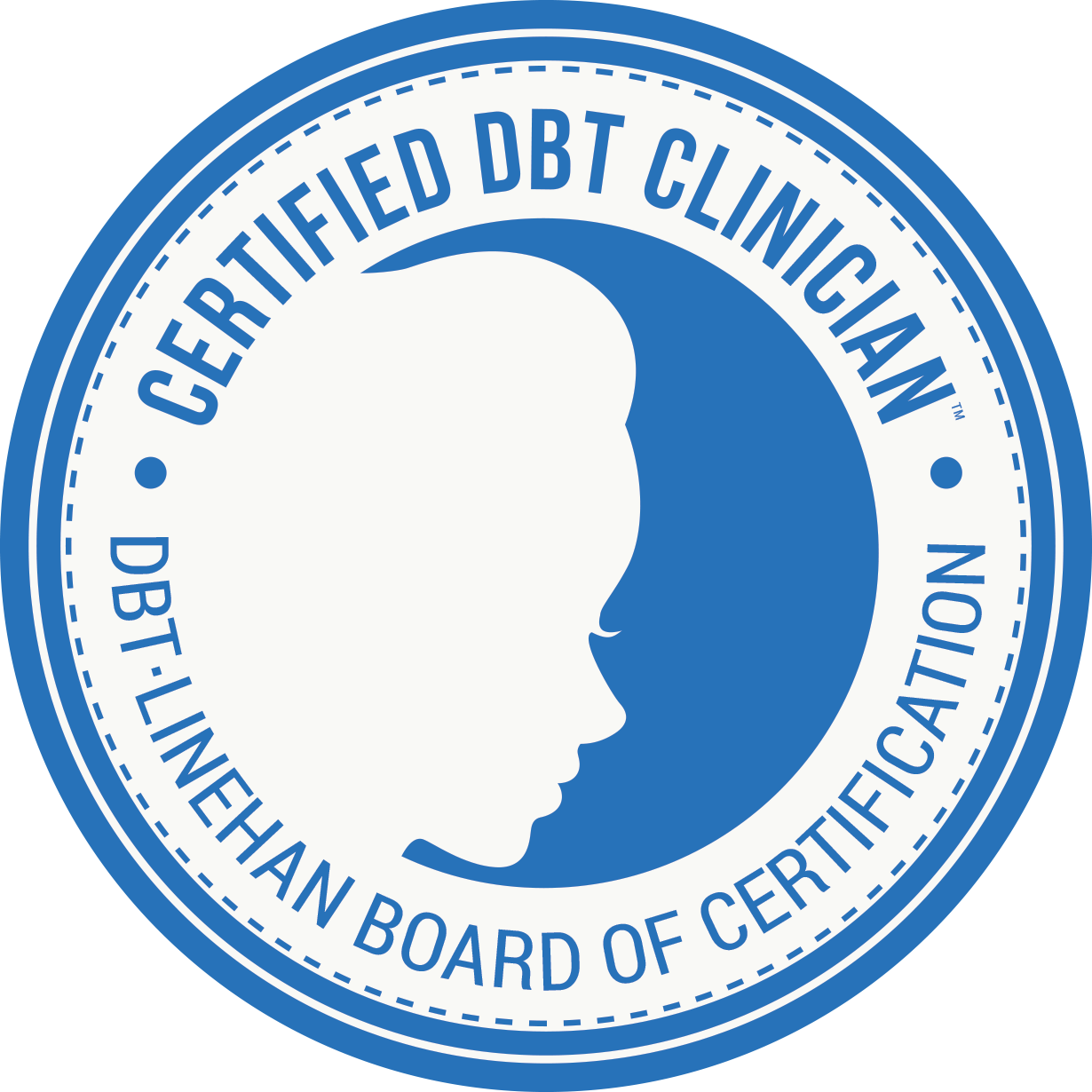As the crisp autumn air starts to fill the mornings and the sound of school buses fills our neighborhoods, it’s clear that the school year is upon us.
For many families, this time of year is filled with excitement, anticipation, and a touch of nervous energy. And while these feelings are common for most parents, they can be amplified for families with children who have emotional, developmental, or intellectual needs.
It’s important to remember that every child is unique and deserves an education that supports their individual strengths and challenges.
To help you navigate this journey, let’s explore three common educational plans that can assist students with diverse needs: Individualized Education Programs (IEPs), Section 504 Plans (504s), and Behavior Intervention Plans (BIPs).
What is an IEP?
So, you’ve heard the term “IEP” floating around, and you’re wondering what it’s all about? Let’s break it down in plain English.
An IEP, or Individualized Education Program, is basically a custom-made plan for kids who need extra support in school.
It’s like a special set of instructions to help your child learn and grow in the way that works best for them.
Imagine an IEP as a roadmap. It shows everyone involved – you, your child’s teachers, and other helpful folks – exactly where you want your child to go and how you’re going to get there.
This roadmap includes things like:
- Goals: What do we want your child to learn?
- Help: What kind of support does your child need, like speech therapy or extra help with reading?
- Adjustments: How can we change things in the classroom to make learning easier for your child?
- Check-ins: How will we know if your child is making progress?
Creating an IEP is a team effort. You, your child’s teachers, and other experts work together to figure out what’s best for your child. And don’t worry, you’ll get regular updates to see how things are going.
So, while IEPs might sound a bit official, remember it’s all about helping your child reach their full potential. It’s a partnership between you and the school, and together, you can make it happen!
What is a 504 Plan?
Okay, let’s talk about 504 plans. It might sound a bit official, but it’s really about making sure kids can keep up in school.
A 504 plan is like a little extra support system for students who have a condition that makes it harder for them to learn in the regular classroom. It’s not as formal as an IEP, but it can still make a big difference.
Think of it this way: if your child has trouble focusing because of ADHD, or needs extra time on tests because of dyslexia, a 504 plan can help level the playing field. It’s about giving your child the tools they need to succeed.
Some things a 504 plan might include are:
- Extra time: More time to finish tests or assignments.
- Quiet space: A place to work when things get too noisy.
- Note-taker: Someone to help write down what the teacher says.
- Special equipment: Like a computer or speech-to-text software.
Remember, a 504 plan isn’t about labeling your child, it’s about making sure they have what they need to learn and grow.
It’s a team effort between you, your child, and the school.
What is a BIP?
Okay, so you’ve heard about BIPs? Let’s break it down.
A Behavior Intervention Plan, or BIP, is basically a roadmap to help kids learn how to behave in a way that’s helpful to them and everyone around them.
Imagine your child is having a tough time in school. Maybe they’re getting in trouble a lot, or having trouble sitting still. A BIP is like a game plan to help them learn new skills and make better choices.
It’s not about punishment. It’s about figuring out what’s causing the behavior and finding ways to help your child do better. A good BIP includes:
- Understanding the problem: What’s really going on?
- Finding the cause: What makes this behavior happen?
- Creating a plan: What can we do to help?
- Rewarding good behavior: Let’s celebrate the wins!
- Checking in: How’s it going? Let’s see if the plan is working.
Remember, a BIP is a team effort.
You, your child’s teachers, and other helpful people will work together to make it work. The goal is to help your child feel good about themselves and be successful in school.
IEPs, 504s, and BIPs Working Together
Sometimes, kids need a mix of support to really shine in school. That’s where IEPs, 504s, and BIPs come in.
It’s like building a custom plan for your child’s success. Some kids might need an IEP for extra learning help, while others might need a 504 plan to make things a bit easier in the classroom. And if there are some behavior challenges, a BIP can help everyone learn how to handle things better.
The goal is to create a plan that fits your child like a glove, helping them reach their full potential.
So, if you think your child could use some extra support, talk to their teacher or school counselor.
They’re there to help!
Remember, you know your child best, and your input is super important. Let’s work together to make school a great place for your kid.
CONTACT
LOCATIONS
Charlotte
Davidson
Huntersville
VIRTUAL SERVICES IN:
North Carolina
South Carolina
Florida
Vermont
Kansas
California
Arizona
Live Happier.
Love Deeper.
Start Now.


